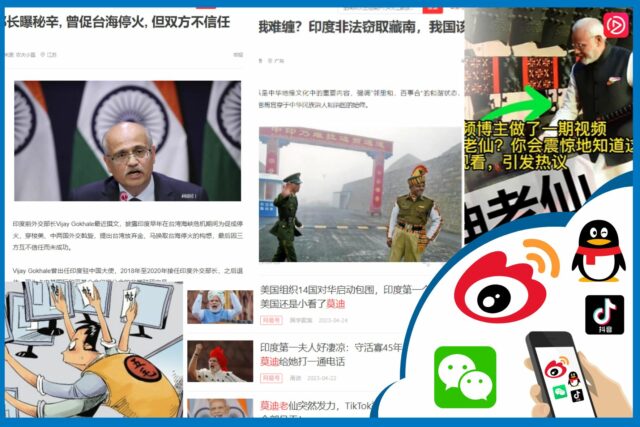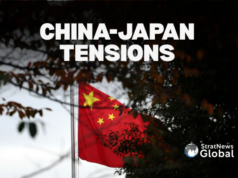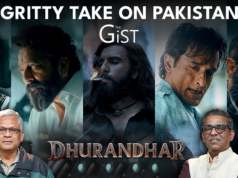NEW DELHI: China’s media is almost entirely state-owned and controlled. Even private media, few in number, need to follow government mandates rendering freedom of speech non-existent. Social media is a little different with government laws, regulations and troll armies ensuring the state sanctioned and controlled narrative is always dominant. And if the country happens to be China’s adversary, expect the worst.
India, for instance, is referred to as “Asan”, a derogatory word which occurs commonly on the social networking site Weibo. Other countries also have negative references: Taiwan for instance is Strawberry Island, implying weak. America is a “bully”, a “bad” country. But the reference to India suggests something deeper here, perhaps reflecting the Chinese concern that India is the rival to its power in Asia.
Narendra Modi is described as “immortal” by some Chinese netizens on Weibo presumably for his dominance over the Indian political landscape, but the moment he comes up, a counternarrative sets in driven by what is known as the “50 cent army”, basically trolls who are paid that kind of money for every tweet against Modi.
The Chinese state does not like Modi who is seen as having pushed a more hardline policy stance vis a vis Beijing. He is blamed for the rapid infrastructure development along India’s border with Tibet that has enabled the Indian Army to block the movement of Chinese patrols and access to other areas.
Needless to say, the 50-cent troll army is also deployed whenever the authorities see a need to correct a pro-India trend among netizens.
An interesting case is that of India’s former foreign secretary Vijay Gokhale, whose recent paper on India’s role in seeking to defuse the Taiwan crisis in 1954 and 1958 has come in for adverse mention.
It was titled ‘Former Indian minister revealed his secrets and urged a ceasefire in the Taiwan Straits but the two sides did not trust India’ (the two sides here meaning the U.S. and China). India, according to Gokhale, suggested that Taiwan offer the two islands of Quemoy and Matsu to China in exchange for a ceasefire.
The deal did not happen because, according to the Chinese, neither the U.S. nor Beijing trusted India. This is not entirely true. The Chinese had rejected the plan during secret talks with the West, which India did not know about.
It also ignores the point that India was among the first countries to recognise the People’s Republic, supported its entry into the UN and lobbied on its behalf in Asian capitals. In fact, India’s foreign minister at that time, VK Krishna Menon, was seen as pro-China by the U.S. India was, therefore, dubbed as being “not unbiased”. China did not oppose India’s efforts to defuse the situation in the Taiwan Straits but kept its own counsel and played its own game with the West.
Four years later, Beijing embarked on war with India, using the Cuban missile crisis as cover for its aggression. An unnamed Chinese military blogger gives this description of the war which is entirely in consonance with the official view.
“In 1962 the Chinese army launched a self-defense counterattack against the Indian army that illegally invaded Chinese territory on the Sino-Indian border. Since then India has continued to harass the border.”
India’s experience is the reverse with recent research confirming that China prepared for this war, building up troops and supply depots, training its men in high-altitude warfare and sending patrols to probe Indian frontline positions and gather intelligence.
The article then goes on to make two important points about how China sees diversity and democracy. It says traditional Chinese culture emphasises “harmony without diversity”, meaning assimilation and integration into the larger Han Chinese majority and the “Sinicisation” of existing cultures.
It also calls for “stabilizing the border social order”, adding more ominously, “There are our people in Southern Tibet … we must protect them. This is an unwavering belief.” Readers must also note the title of this article: “India has illegally stolen southern Tibet, how should our country liberate the country?”
The article ends with this exhortation: “Manipulate the direction of public opinion… Do a good job of guiding public opinion correctly to prevent people from believing and spreading rumours, questioning national policies and being disappointed with the country.”
If you have any doubts about what the ordinary Chinese is taught to read and think, go to Weibo.





